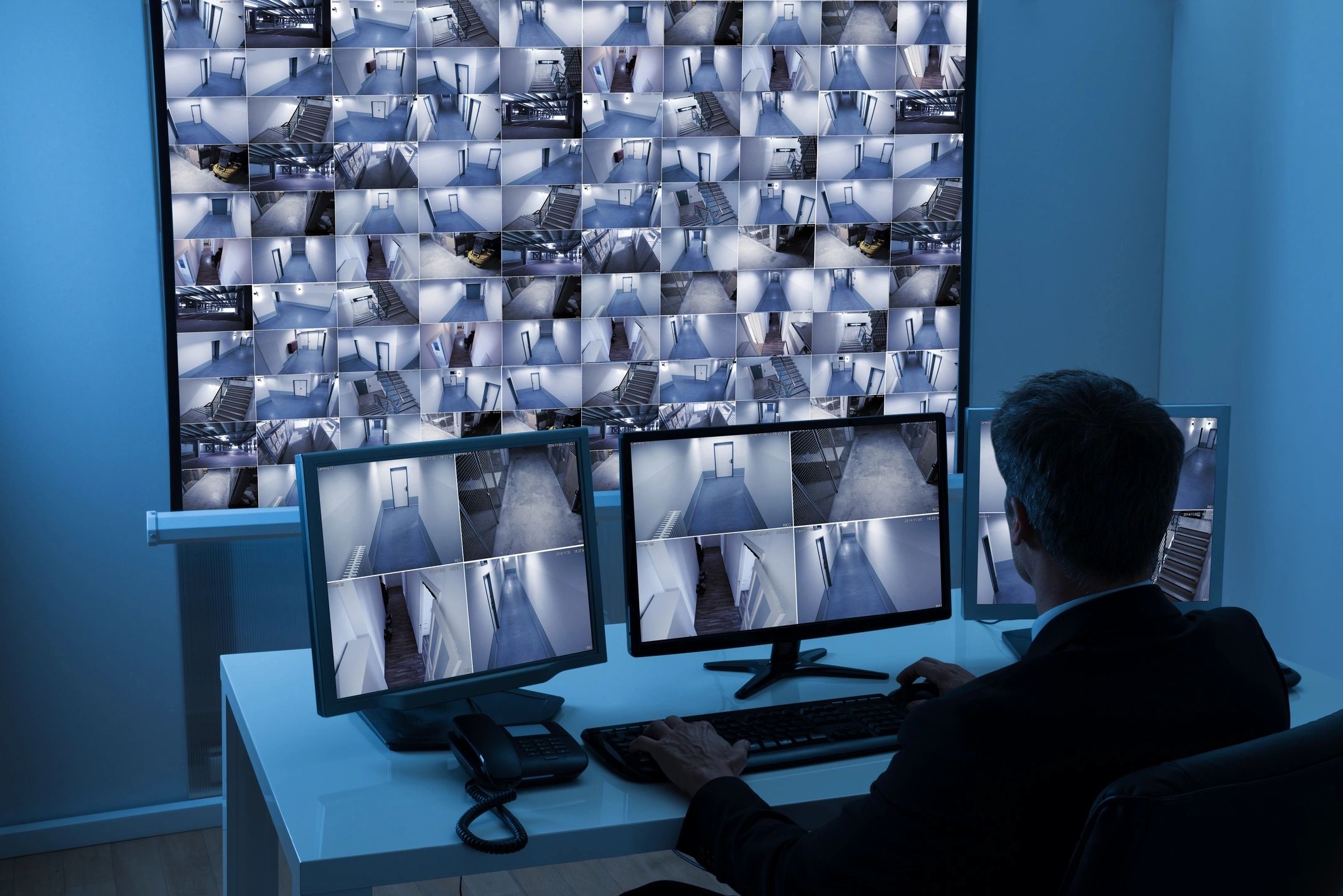Data Breach Exposes Personal Data of Over 230,000 Comcast Customers

In a digital age where data privacy and security are paramount, a massive data breach has once again underscored the vulnerabilities in our cyberinfrastructure. This time, over 230,000 Comcast customers were affected, with their personal information exposed to hackers. The breach, which was discovered in 2024, raises significant concerns about how large corporations protect sensitive customer data and what consumers can do to safeguard their own privacy.
What Happened?
Comcast, one of the largest internet and cable providers in the U.S., was recently hit by a cyberattack that exposed the personal information of over 230,000 customers. According to reports, the breach allowed unauthorized individuals to access sensitive data, including customers’ names, email addresses, home addresses, and even partial payment information. The scope of the breach is still under investigation, but initial findings suggest that the attackers may have gained access through a vulnerability in Comcast’s systems or by exploiting weak security protocols.
While Comcast has not yet provided a detailed account of how the breach occurred, the impact is undeniable. Customers are now left wondering if their data is circulating on the dark web, and many are already reporting phishing attempts and fraudulent activities linked to their compromised information.
The Impact of the Breach
This breach is particularly concerning because of the nature of the data that was exposed. Personal information such as names, email addresses, and payment data can be used by cybercriminals to launch a variety of attacks. These include identity theft, credit card fraud, and targeted phishing campaigns. Once this information is in the hands of hackers, they can sell it to other criminals or use it to craft highly convincing phishing emails that appear legitimate.
Phishing attacks, in particular, are on the rise. Many Comcast customers have already reported receiving suspicious emails and text messages asking them to “verify” their account information or provide further details for a “security check.” These emails are often carefully crafted to look like they are coming from Comcast, which makes it more likely that victims will fall for the scam.
Moreover, the breach also highlights the broader issue of corporate accountability when it comes to data protection. As a massive telecommunications company, Comcast holds a vast amount of sensitive information on millions of customers. A breach of this magnitude raises serious questions about the security measures they have in place to protect customer data and whether those measures are robust enough to defend against increasingly sophisticated cyberattacks.
How Did the Data Breach Happen?
While the exact details of how the breach occurred are still being uncovered, it’s believed that the attackers may have exploited a vulnerability in Comcast’s infrastructure. Weak security practices, such as outdated software, insufficient encryption, or a lack of multi-factor authentication, are often prime targets for hackers. Additionally, human error can play a significant role. Phishing emails sent to Comcast employees could have allowed attackers to gain access to the system by tricking them into sharing their login credentials.
It’s also possible that the breach involved third-party vendors or contractors, a common weak link in cybersecurity. Many large corporations rely on external partners to handle certain parts of their business, and those partners may not have the same level of security protocols in place.
What Is Comcast Doing to Address the Data Breach?
Comcast has acknowledged the breach and stated that they are working with cybersecurity experts to investigate the incident. The company has also promised to improve its security protocols to prevent future breaches. However, affected customers are still left in a precarious position. While Comcast has offered free credit monitoring and identity theft protection services, these measures often feel like a band-aid solution for what is a much larger systemic issue.
Comcast customers are being advised to change their account passwords, enable multi-factor authentication, and monitor their financial statements for any suspicious activity. These steps, while helpful, may not be enough to fully mitigate the damage done by the breach.
What Can Consumers Do?
In the wake of this breach, consumers need to take proactive steps to protect themselves from future attacks. Here are some essential tips:
- Enable Multi-Factor Authentication (MFA): By adding an extra layer of security to your accounts, MFA makes it more difficult for attackers to gain access even if they have your password.
- Monitor Your Accounts: Regularly check your bank and credit card statements for any unusual activity. Early detection is crucial in preventing further damage.
- Be Cautious of Phishing: If you receive any suspicious emails or text messages asking for personal information, don’t click on any links. Instead, contact the company directly to verify the legitimacy of the communication.
- Use Strong Passwords: Avoid using easily guessable passwords. Consider using a password manager to generate and store complex passwords for you.
This breach affecting over 230,000 Comcast customers is a stark reminder of how vulnerable our personal data can be in the digital age. While companies like Comcast are responsible for safeguarding customer information, consumers must also take steps to protect themselves. By staying vigilant and following best practices for online security, individuals can reduce the risk of falling victim to cyberattacks.

